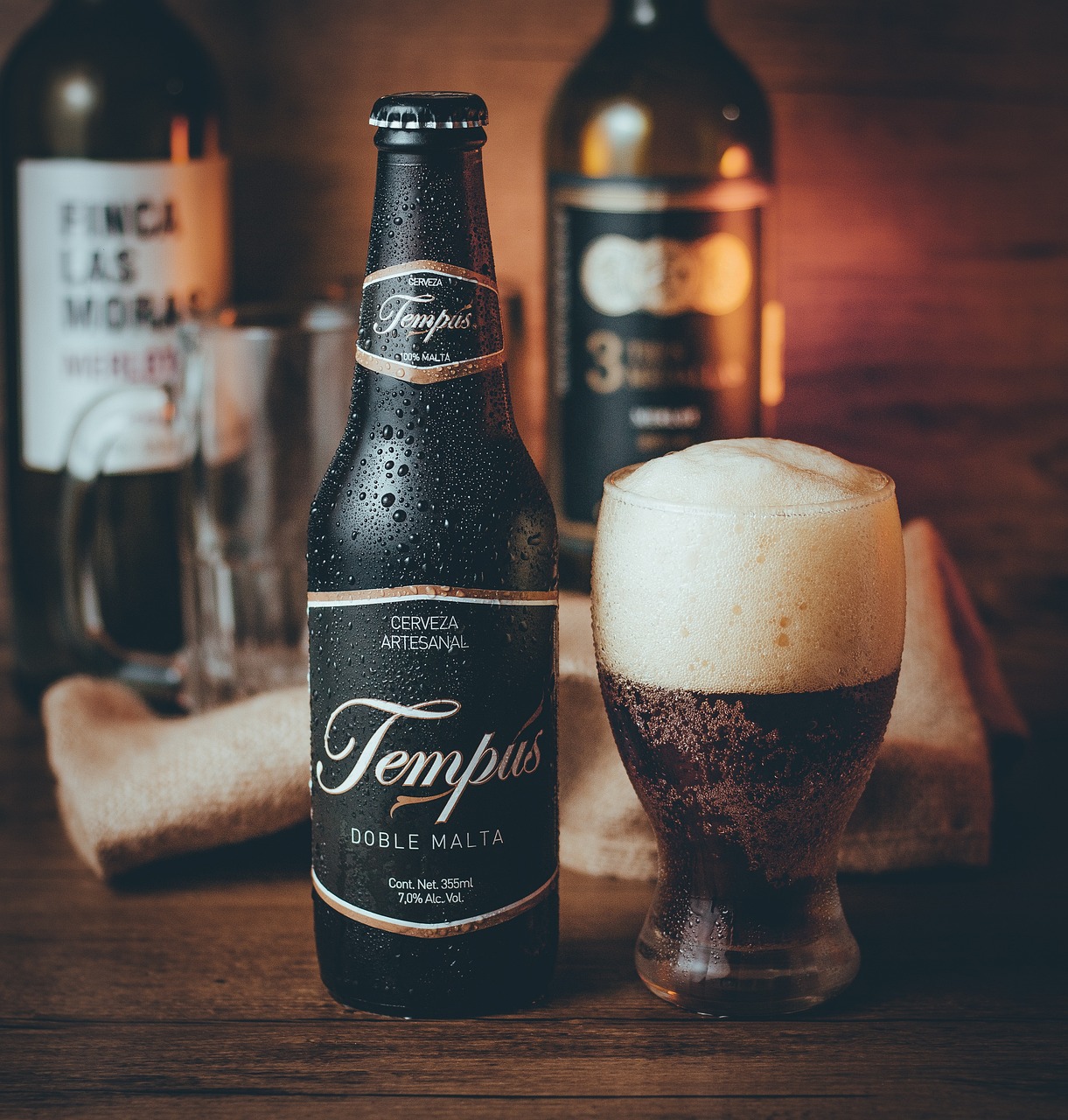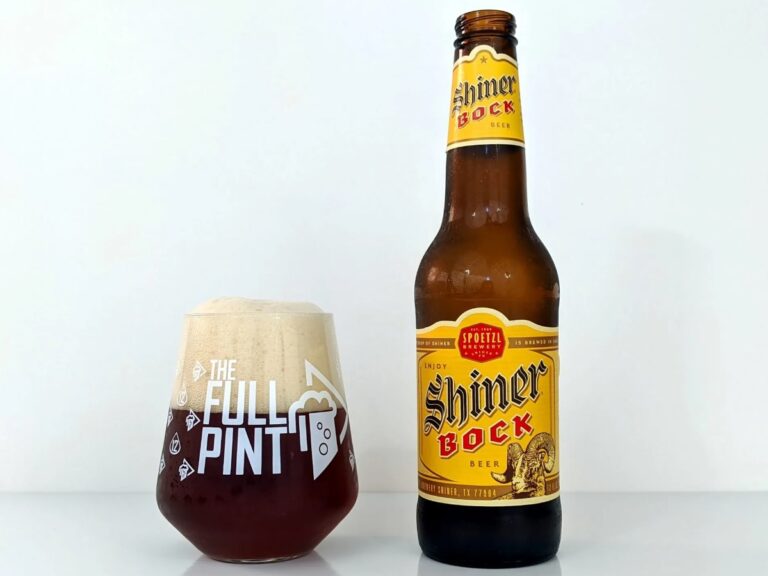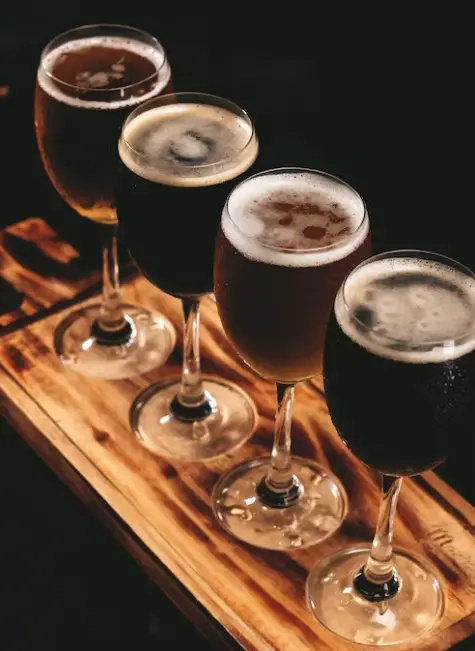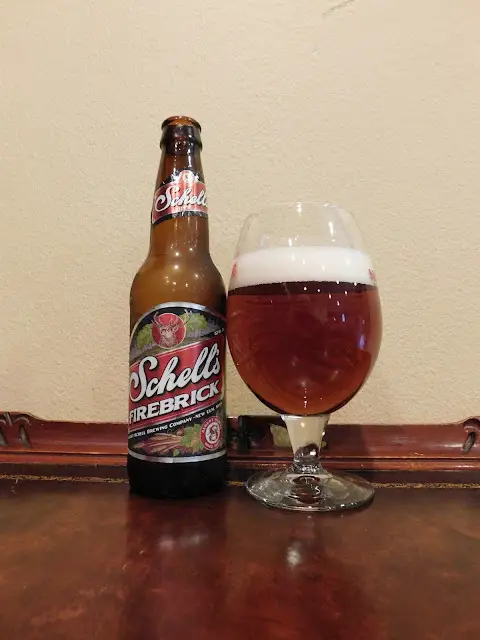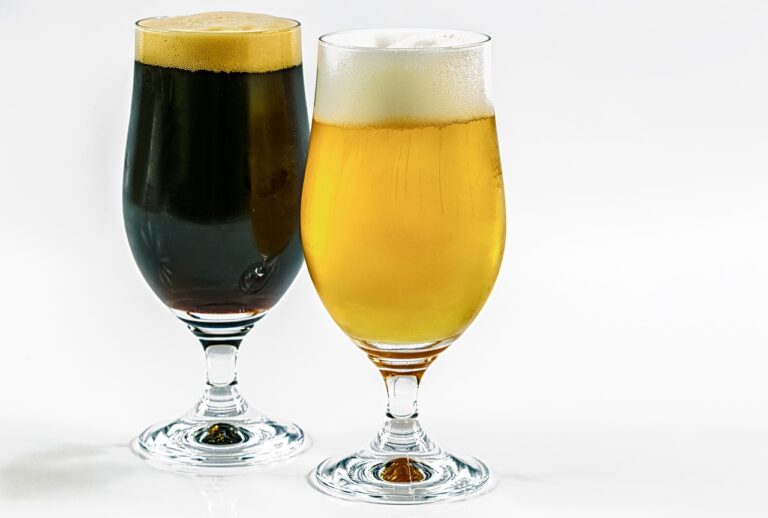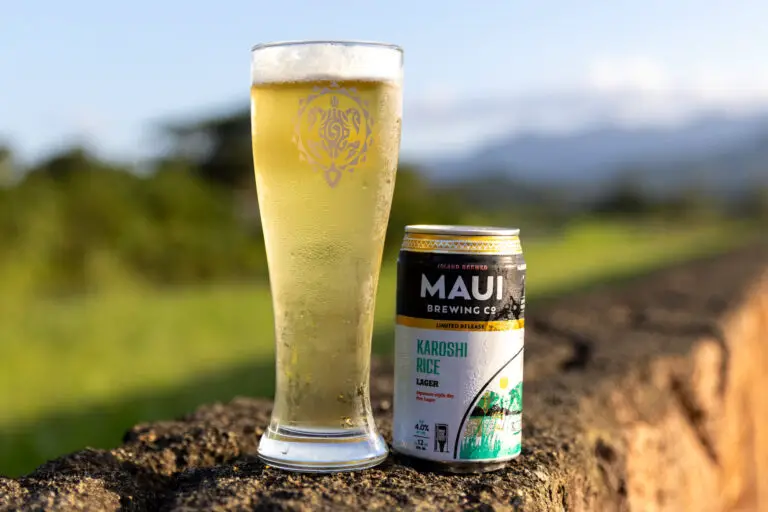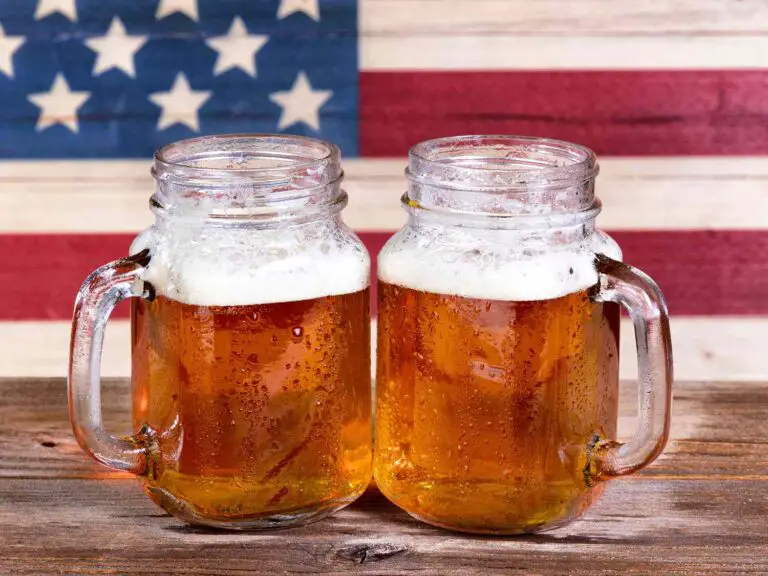Is Ale Stronger Than Beer?
The world of beer is very complex, with an immense diversity of flavors, styles, and traditions. Yet, one question often lingers in enthusiasts’ and newcomers’ minds: Is ale stronger than beer? To answer this question, we embark on a journey through brewing, where ale and beer are not adversaries but rather essential components of a broader beer landscape. In this exploration, we will delve into the characteristics of ale, the more general category of beer, and the factors that determine their relative strengths, ultimately shedding light on a question that carries more complexity than it might seem at first glance.
To answer the question in the title: NO, ale is not inherently stronger than beer. Ale is a subset of the broader category of beer. The term “beer” encompasses many alcoholic beverages, including ales, lagers, stouts, pilsners, and more.
Beer and ale are two terms often used interchangeably, leading to confusion among casual drinkers and seasoned beer enthusiasts. While they are related, they have distinct characteristics that set them apart. To clear the air, let’s delve into what makes beer and ale unique and why these terms are sometimes misunderstood.

Beer: The Broad Beverage Category
Characteristics of Beer:
- Variety: Beer is a broad and all-encompassing term for any alcoholic beverage produced through the fermentation of malted grains, hops, yeast, and water. It includes many styles and flavors, from light and crisp lagers to dark and robust stouts.
- Fermentation: The brewing process for beer typically involves bottom-fermenting yeast strains (lagers) or top-fermenting yeast strains (ales), depending on the style.
- Temperature: Lagers are fermented at lower temperatures, resulting in a cleaner and crisper taste profile, often served colder. Common lagers include pilsners and helles.
Ale: A Distinct Subset of Beer
Characteristics of Ale:
- Fermentation: Ales are brewed using top-fermenting yeast strains, which operate at warmer temperatures. This fermentation process tends to produce a wider range of flavors and aromas, often characterized by fruity and complex notes.
- Variety: Ale is a subset of beer that includes styles like pale ales, India pale ales (IPAs), stouts, porters, and more. These beers share the commonality of being fermented with ale yeast.
- Temperature: Ales are often served at slightly warmer temperatures to enhance the release of their flavors and aromas.
Why the Confusion?
The confusion between beer and ale arises primarily due to the broad use of the term “beer” as a catch-all for fermented grain-based beverages. Here are a few reasons why they are often conflated:
- Overlap of Terminology: In everyday language, people often use “beer” to refer to any type of beer, including ales, lagers, and specialty styles. This generalization blurs the lines between the different categories.
- Regional Differences: The way beer is categorized can vary by region. In some areas, “beer” may be synonymous with lager, while in others, it might also encompass ales.
- Marketing and Branding: Some beer brands and marketing materials may need to clearly distinguish between ale and beer, contributing to the confusion.
While beer is the overarching term for fermented malt-based beverages, ale is a specific subset with distinct fermentation and flavor characteristics. The key takeaway is that both terms are valid and serve to describe different aspects of the wide world of brewing, from lagers to ales and everything in between.
Ale and Alcohol Content (ABV)
Ale is a type of beer, and its alcohol content, measured in ABV, can vary significantly across different styles. While some ales are relatively moderate in strength, others are known for their robust alcohol content, often exceeding 8% ABV. The specific ABV of an ale depends on factors like the brewing process, ingredients, and yeast strains used.
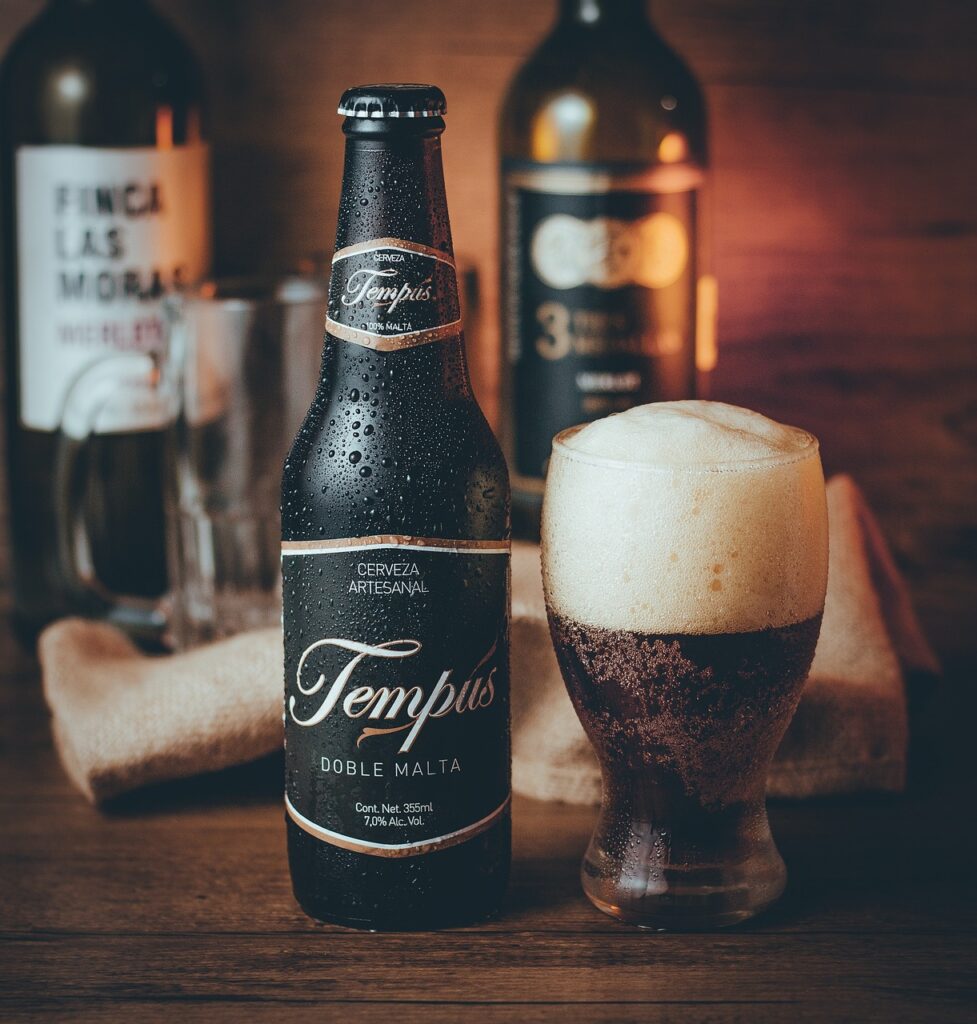
Different Types of Ale
- Pale Ale: Pale ales are known for their balanced maltiness and hoppy bitterness. They typically have an ABV ranging from 4% to 6%. Varieties like American Pale Ale (APA) and India Pale Ale (IPA) have become immensely popular.
- India Pale Ale (IPA): IPAs come in various substyles, such as American IPAs, Imperial IPAs (Double IPAs), and New England IPAs. ABV can vary significantly, with standard IPAs typically ranging from 5.5% to 7.5%, while Imperial IPAs can exceed 10% ABV.
- Stout: Stouts are characterized by their dark, roasted malt flavors and creamy texture. ABV ranges from 4% for dry stouts like Irish Stout to over 12% for Imperial Stouts.
- Porter: Porters are similar to stouts but tend to be lighter in body and flavor. They often have an ABV ranging from 4% to 6%, though some robust porters may reach 7% or more.
- Barleywine: Barleywines are known for their high alcohol content, with ABVs frequently exceeding 10%. English Barleywines tend to be slightly lower in alcohol (10-12% ABV), while American Barleywines can be even stronger (12-15% ABV).
- Belgian Ales: Belgian ales encompass a diverse range of styles, from Trappist ales to Dubbels, Tripels, and Quadrupels. These beers often boast ABVs ranging from 7% to 12% or more.
The Strongest Ales
Among the various types of ale, barleywines and certain Belgian ales are known for their strength:
- Belgian Quadrupel: Quadrupels are often the strongest of Belgian ales, with ABVs commonly exceeding 10% and sometimes reaching 13% or higher.
- American Barleywine: American barleywines can be exceptionally strong, often with ABVs ranging from 12% to 15% or more.
- English Barleywine: While typically not as strong as their American counterparts, English barleywines still have notable ABVs, usually in the range of 10% to 12%.
Ale is often stronger than other beers due to differences in brewing, particularly in the fermentation stage. Ales are typically fermented with top-fermenting yeast strains at warmer temperatures, which allows for a more vigorous fermentation process. This results in higher alcohol content because the yeast can tolerate and convert more sugars into alcohol. Additionally, ale recipes often include a higher proportion of malt, contributing to a richer, sweeter, and maltier flavor profile. These factors, along with the longer aging periods of some ale styles, contribute to the overall strength of ales, making them a preferred choice for those seeking higher-alcohol, flavorful beer options.
Wrapping It Up
In the brewing world, whether ale is stronger than beer proves that the nuances of beer are as diverse as the styles themselves. While some ales boast robust alcohol content, the answer ultimately lies in the specific beer style, brewer’s craft, and personal preference.

I am a young architect with a passion that goes beyond blueprints… it’s beer! undertherosebrewing.com is more than just a blog, it’s a manifestation of my lifelong dream to explore, read, and learn everything about beer. Join the blog on this unfiltered and genuine adventure into the heart of beer culture. Cheers!

